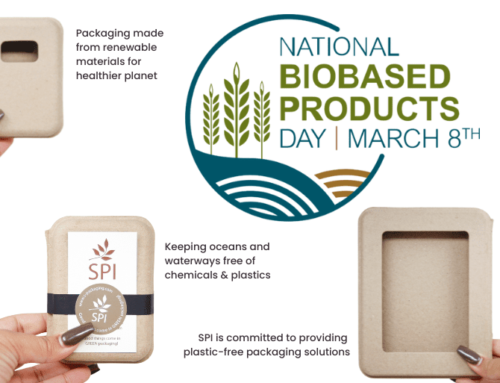The Facts: Recycling, Composting and Landfill Disposal
The U.S. EPA is a great resource to help us better understand what types of waste we are generating and where we are disposing it. In general, Americans are recovering (recycling) and composting much more efficiently than in the past, but we are also generating a lot more waste. In 2009 we generated about 4.34 pounds per person a day of waste, up from 2.68 in 1960. Total municipal solid waste (MSW) generation increased from 88.1 million tons in 1960 to 243 million tons in 2009. That is almost a 300% increase in under 40 years! However, during this same period, recycling rates have increased even more dramatically from 6.4% in 1960 to 33.8% in 2009.
2009 U.S. Municipal Solid Waste (MSW) Statistics:
- 61 Million Tons were recovered through Recycling
- 21 Million Tons were recovered through Composting
- 29 Million Tons were burned at combustion facilities
- 132 Million Tons were discarded into Landfills (54.3%)
Our waste is generated by both residential sources (55%-65%) and commercial/industrial (35%-45%), so changes at both the home and in the workplace can have a significant impact. Organic material is the largest source, with yard trimmings and food waste at 28% and paper and paper products also 28%. Plastic sources follow with 12% of the material.
Although paper products contribute a high percent to the MSW, we are also more efficient at recovering paper products. In 2009, we recovered over 60% of our paper and paperboard products. See how this compares to other materials:
2009 Recovery by Material by Percentage:
- Paper and Paperboard – 62.1%
- Glass – 25.5%
- Metals – 34.5%
- Plastics – 7.1%
- Rubber & Leather – 14.3%
- Textiles – 14.9%
- Wood – 14.1%
- Food – 2.5%
- Yard Trimmings – 59.9%
- Total MSW – 33.8%
What are we throwing away? Our biggest culprit is containers & packaging at 29.5% of the total MSW (before recycling). As a result, it is important to making sure that your packaging can be recycled or recovered/composted.
Note: All facts are sources from the U.S Environmental Protection Agency. For more information and to read the whole report, please visit www.epa.gov



